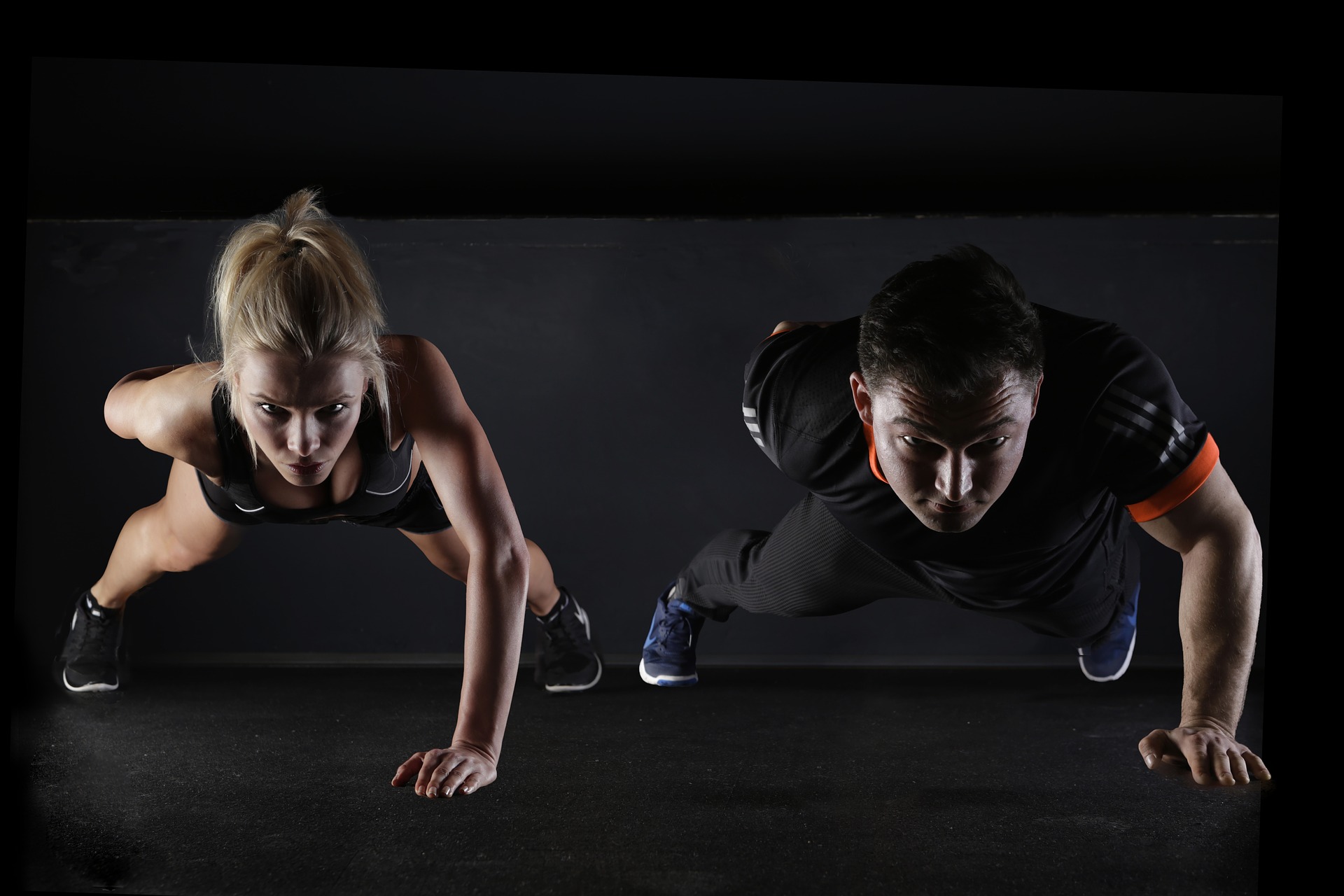High-intensity interval training may sound like one of the most intense and intimidating workouts you’ve heard of to date, and it certainly can be punishing for those who really wish to push themselves. The reward for the effort though is one of the most effective workouts you can get in the shortest amount of time possible.
The ketogenic diet, likewise, is all about optimal efficiency. Doing keto-diet exercises alongside your meal plan will help you optimize your weight loss. By consuming very low carbs your body enters a state called ketosis. This is a shifting of gears in your metabolism, where your body goes from burning primarily carbohydrates for energy to burning mainly fat. One of the many benefits is that it’s not a difficult diet when it comes to cooking either, you can even get a keto meal kit delivered straight to your door when you’re feeling extra lazy.
Exactly how few carbs you’ll need to be eating can be calculated using a keto calculator. Let’s take a look at the science behind this holy matrimony of training and diet methods and cover some of the benefits in greater depth.
Why Keto is Ideal for Weight Loss
Many studies have shown that the ketogenic diet is the absolute best way to get your body to lose as much fat as possible, even though there are other studies advocating the best weight loss supplements. When not on the keto diet, simply cutting calories will still force your body to tap into its fat reserves to make up for an energy deficit. However, it also taps into your lean muscle mass. This will cause a net weight loss, but because your body is not in ketosis and efficient at using only fat for energy, much of the weight can be from muscle tissue that you’d rather keep around.
This is because your body is geared to favor sugars and carbohydrates for energy, so breaking down fat and protein to get it are both equally favorable options. The keto diet begins by having you eat under 20g of carbs a day, which depletes your body’s glucose and glycogen stores, putting your body into ketosis.
This change leads your body to prefer breaking down fats into energy rather than the protein in your muscles. This leads to much greater fat loss than cutting calories alone can, and helps to preserve muscle mass in the process.
HIIT Burns Glucose and Glycogen
For some just eating low carb isn’t quite enough to enter ketosis in a timely manner. This is because your body needs to be depleted of its existing energy sources before it will shift gears into ketosis.
One of these energy sources that needs to be depleted is glycogen, which is used by the muscles as a quick source of energy during bouts of intense exertion. Interval training operates in these high-intensity regions of greater than 70% maximum intensity, but only stays there in short bursts.
This is ideal for entering ketosis because once the glycogen is used up your body will more easily enter the keto state.
HIIT Extends Your Calorie-Burning for hours
Another huge advantage of interval training is that unlike traditional cardio the calorie burning continues well after your workout is over. Cardio works simply by increasing your heart rate and moving your blood around the body a little faster. While this certainly has its advantages, it means that once your run is over you are no longer burning calories.
With interval training, your body’s metabolism is ramped up for up to 24 hours after your training session. This is caused by the difference in intensity, where standard low-intensity steady state cardio only taxes a very small portion of your aerobic capacity, but interval training can push as high as 90% of aerobic capacity.
Sometimes you need to use your own exercise ideas and techniques, or go to the gym and using a rowing machine for example.
This causes a number of distinct changes in your body which must be accommodated for if your body is to return back to equilibrium. This includes repairing damage to the muscles from lactic acid buildup and resupplying the muscle tissue with the energy it needs for the next training session, all of which require considerable energy from your body.
The extended calorie burn from HIIT is beneficial for anyone whether on the ketogenic diet or a regular diet who is looking to lose weight.
HIIT can help if you accidentally go over carbs one day on keto
Interval training is also useful in the worst case scenario: when you accidentally (or willingly) go over 20g of carbs. Everyone slips up on their diet sometimes, but on the keto diet it is especially important to stick to your diet every day. Why? Because if you consume too many carbs your body can fall out of ketosis, potentially losing all the progress you’d made.
If you come out of the ketogenic state it can be difficult to get your metabolism revved up again, so it’s very important to stay as true to the ketogenic diet as possible. High-intensity interval training can help you stay in keto even when exceeding your daily carb limit, as only a 12-minute high intensity interval training session can burn off 18 to 27 grams of carbs.
Conclusion
The advantages of the ketogenic diet and interval training should be clear, and the combination of these methods can lead to incredible weight loss results with the minimum amount of time required. If you’re interested in trying this style of dieting for yourself check out some easy keto meal plans.
If you want even more information or want to be kept up to date on the latest ketogenic diet related news then check out Keto Domain on social media on either their facebook or pinterest.




